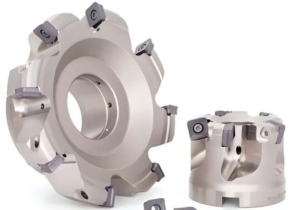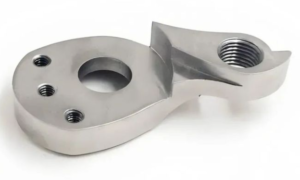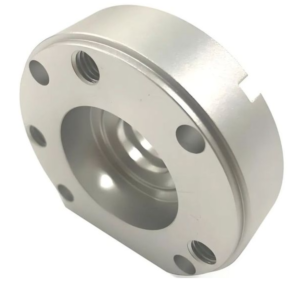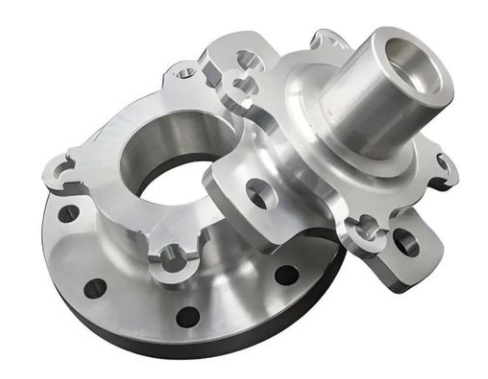1. Requirement Analysis and Design
The process begins with a detailed analysis of the part’s intended application, including environmental conditions, mechanical stresses, dimensional tolerances, and surface finish requirements. Based on this, engineers create precise 3D models and technical drawings using CAD software to define the part’s geometry and specifications.

2. Material Selection
Choosing the appropriate titanium alloy grade is critical to meet the part’s functional demands. Common grades include:
- TA1: Commercially pure titanium, offering excellent corrosion resistance and formability.
- TA2: Higher strength than TA1, suitable for moderately demanding applications.
- TC4 (Ti-6Al-4V): A widely used alloy with a balanced combination of strength, toughness, and corrosion resistance, ideal for aerospace and medical applications.
The selection depends on factors such as mechanical properties, weight constraints, and environmental exposure.

3. Manufacturing Process Planning
The complexity, size, and production volume of the part determine the manufacturing methods. Common techniques include:
- CNC加工: For high-precision parts with tight tolerances.
- 鍛造: To enhance mechanical strength for load-bearing components.
- Casting: Suitable for complex geometries in low to medium production volumes.
- アディティブ・マニュファクチャリング: For intricate designs or prototypes.
Additional processes, such as heat treatment or surface finishing, may be planned to enhance durability or aesthetics.
4. Quotation and Production
Once the design and material specifications are finalized, manufacturers provide a cost estimate based on material costs, machining complexity, and production volume. Upon approval, production begins, involving:
- 材料の準備: Cutting raw titanium alloy into workable forms.
- Forming and Machining: Shaping the material using the selected manufacturing method.
- 熱処理: To improve mechanical properties like hardness or ductility.
- 表面処理: Applying coatings or finishes for corrosion resistance or aesthetic purposes.
5. Quality Assurance
Finished parts undergo rigorous testing to ensure compliance with specifications. Common quality control methods include:
- Dimensional Inspection: Verifying measurements against technical drawings.
- Non-Destructive Testing (NDT): Techniques like X-ray or magnetic particle inspection to detect internal defects.
- Hardness Testing: Ensuring the part meets strength requirements.
- Metallographic Analysis: Examining the material’s microstructure for consistency.
6. Delivery and Support
Once quality checks are complete, parts are packaged and delivered to the client. Some manufacturers offer additional services, such as installation guidance or technical support, to ensure seamless integration into the client’s application.

Why Choose Custom Titanium Alloy Parts?
Custom titanium alloy parts are essential for applications requiring unique geometries or performance characteristics that standard components cannot meet. Their lightweight nature, combined with superior strength and corrosion resistance, makes them a preferred choice in high-performance industries. By partnering with a reliable manufacturer, clients can achieve tailored solutions that meet stringent quality and performance standards.
For inquiries about custom titanium alloy parts, contact a specialized manufacturer to discuss your project requirements and obtain a detailed quotation.
